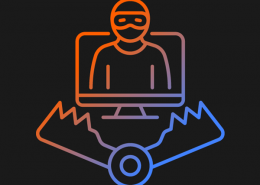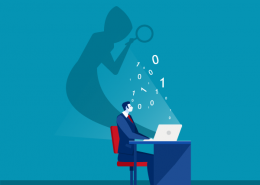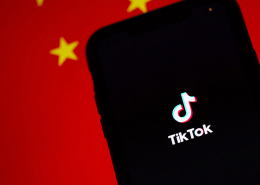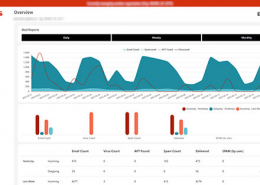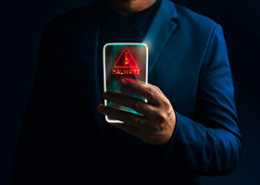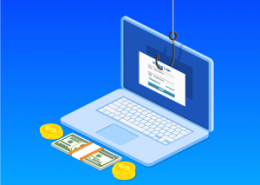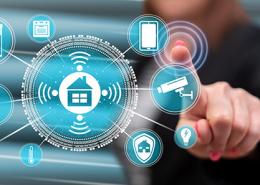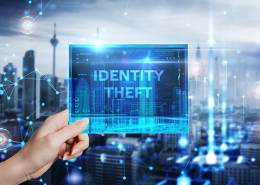 https://www.ikarussecurity.com/wp-content/uploads/2025/02/Ethical-Hacking.png
600
600
IKARUS
https://www.ikarussecurity.com/wp-content/uploads/2025/02/IKARUS-Security-Software-4-1.png
IKARUS2025-02-04 11:47:352025-02-04 11:53:34Hacktivism, Ethical Hacking and Grey Hats: Between Protection, Protest and Crime
https://www.ikarussecurity.com/wp-content/uploads/2025/02/Ethical-Hacking.png
600
600
IKARUS
https://www.ikarussecurity.com/wp-content/uploads/2025/02/IKARUS-Security-Software-4-1.png
IKARUS2025-02-04 11:47:352025-02-04 11:53:34Hacktivism, Ethical Hacking and Grey Hats: Between Protection, Protest and CrimeDaily life in companies
New employees who start at the company receive their technical equipment. PCs or laptops are already integrated into the company’s domain, e-mail accounts and other accesses are configured, and all necessary applications are installed. If any adjustment or help is needed later, this can be conveniently carried out remotely via domain management.
For some years, the mobilisation of work processes has been on the rise. As a result, mobile devices such as smartphones and tablets have become an integral part of everyday work. But how does an administrator go about setting up and supporting them?
As a rule, the devices must first be unboxed, started and manually configured. Many companies create separate documents with each employee’s App Store or Play Store accounts and install the necessary applications on the devices via these accounts. In addition, settings such as WLAN, e-mail accounts and VPN access are entered and tested manually.
Depending on the requirements, these steps can take several minutes or even hours per device. The device can be only handed over to the corresponding user once this time-consuming process is completed.
High configuration effort and data protection
If a problem occurs on the mobile device, the employee has to come to the IT department – which is often not even present in smaller companies. The Covid-19 situation has made the whole thing even more complicated, as many employees work for days in their home offices. Nevertheless, it must be ensured that mobile devices are fully functional and the employees always have access to e-mails and company data.
The contents and effects of the European General Data Protection Regulation (EU GDPR), which came into force in 2016, are often too complex to familiarise oneself with. But, it defines, among many other points, that personal and especially sensitive data must be protected against unauthorized access by third parties. This also applies to mobile devices used in companies. In order to protect this data, companies have to take appropriate, state-of-the-art measures.
With these two points, most administrators reach their limits: The device status is no longer known just a few minutes after the handover, and mobile operating systems often do not offer any options for data protection or data separation (private and corporate).
Typical uncertainties in handling mobile devices are:
- Are operating system and applications up-to-date?
- Are there any security risks or gaps?
- Is the device in use at all?
- Is there a technical-organisational measure (TOM) that complies with the EU GDPR?
But these insecurities and questions don’t have to be.
There is a solution
Let’s imagine that a mobile device was ordered for a new colleague. It is sent to the IT department or even the user’s home address, switched on, and the device is fully operational a short time later.
Neither administrators nor employees had to install apps manually or type in access data by hand – all necessary data, apps and accounts were installed entirely automatically.
Depending on the use cases required in the company, a technical-organisational measure has already been put in place – that is, a measure that guarantees the security of the processing of personal data.
Dream of the future? No, this is already a reality in many companies. The key to success here is an Enterprise Mobility Management System (EMM, often called MDM or UEM).
With such a solution, which is often offered as a cloud service, administrators have a tool to manage mobile devices quickly and easily at their fingertips. After an initial configuration of the system, all applications, accounts and rules are ready, and the device only needs to be registered in the system. After activation, it connects and fetches all previously defined settings. Through a regular connection, administrators always have an up-to-date inventory and can take action if necessary.
Even in case of problems with applications, it is no longer necessary to visit the IT department. With the EMM, the device can be remotely managed or even controlled. Errors can be corrected within a few minutes – even if the employee is in the home office or on a business trip.
This tool can make IT life more manageable for administrators and simultaneously offer a technical solution for complying with the legal requirements on data protection.
Links:
Mobility solutions for corporate environments
Reading recommendation:
Seamless data protection even with mobile working
EU-GDPR Compliance: Security and Data Protection To-Go


